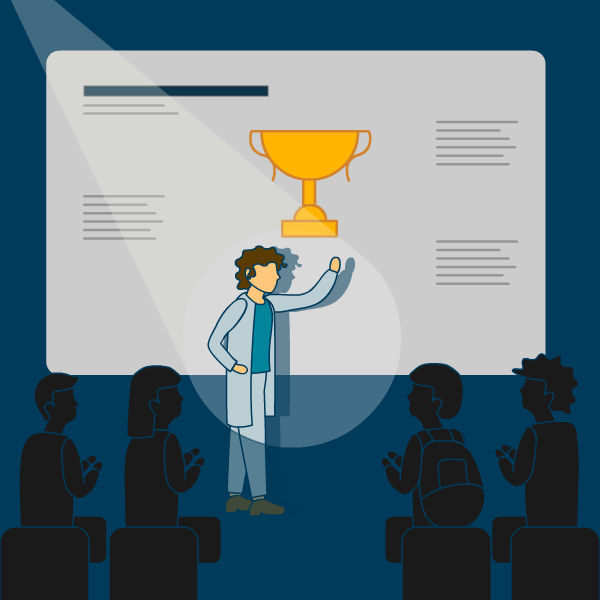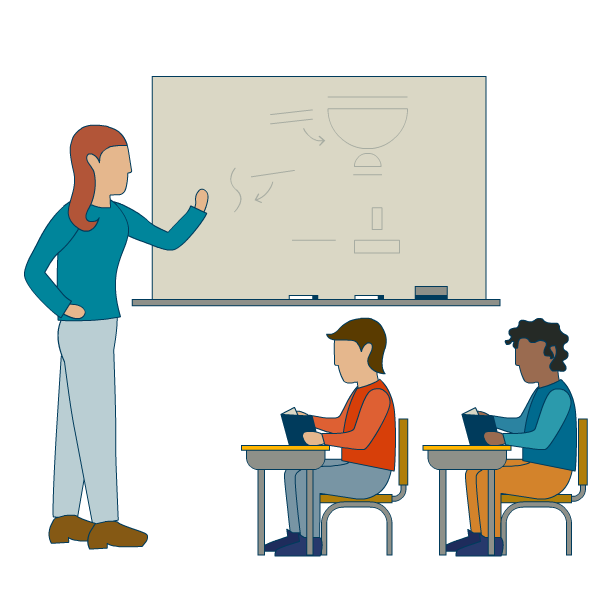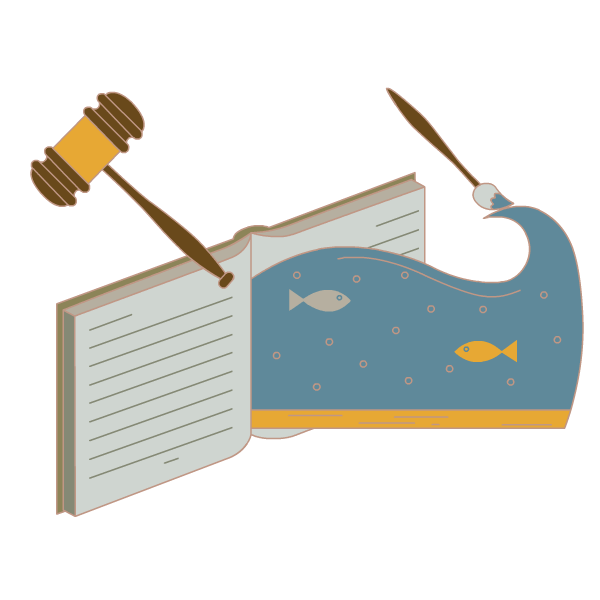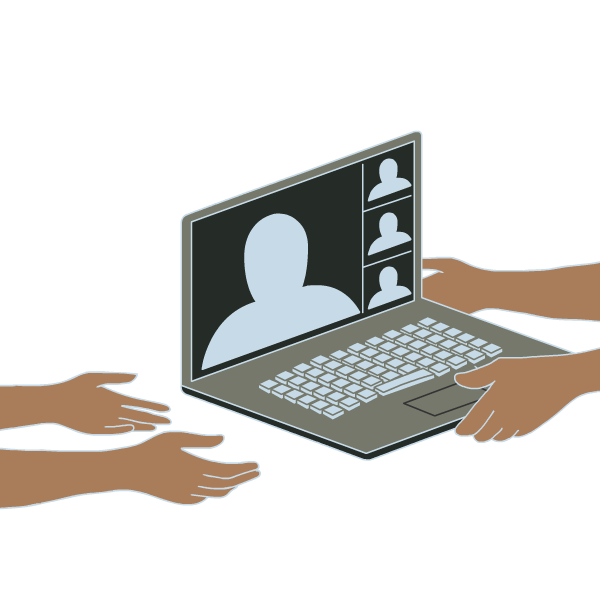Oregon State University has named Todd S. Palmer and Małgorzata Peszyńska as its 2024 Distinguished Professors, the highest academic honor the university can bestow on a faculty member.
Palmer and Peszyńska have both been internationally recognized for their research. Palmer is an expert in the physics of nuclear reactors and computational methods for radiation transport and diffusion. And Peszyńska is a leader in mathematical and computational modeling of complex processes.
Since 1988, Oregon State has awarded the title of University Distinguished Professor to faculty who have achieved national and international distinction for their contributions to scholarship, research and creative work, teaching and mentoring, public engagement and service.
Distinguished Professor Lectures — Wednesday, May 8
Palmer and Peszyńska will present lectures on Wednesday, May 8 in the Memorial Union Horizon Room. Peszyńska will present at 1:30 p.m. and Palmer will present at 3:30 p.m. A reception for both will take place at 5 p.m. Advanced registration and in-person attendance are encouraged, and all lectures will be livestreamed.
Todd S. Palmer
Distinguished Professor of Nuclear Science and Engineering
College of Engineering
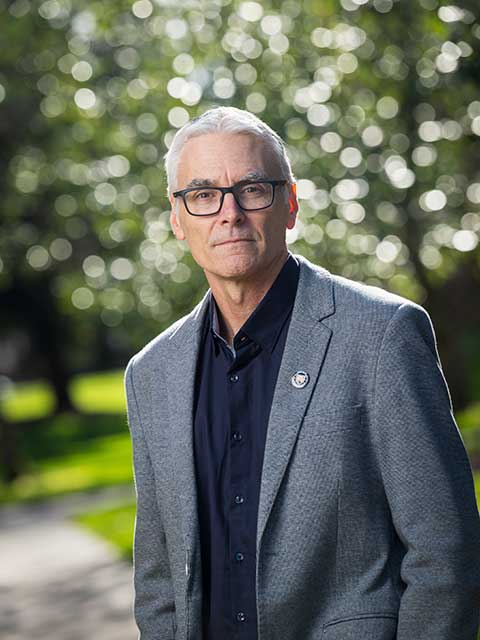
What originally drew you to your field of study?
Throughout elementary, middle and high school I was always drawn to math, computer programming and science, but I also had an interest in literature and music. I had this great physics teacher in my senior year, and he got to the back of the textbook where nuclear reactions and nuclear power were introduced. I remember thinking “Ooh, that’s cool, and I might be able to make a living at this!” The rest is history.
What keeps you motivated at this stage in your career?
My motivation stems from a combination of a continued steady stream of interesting technical problems to work on, a feeling of personal responsibility to help society address challenges in national and energy security, and a desire to give back to future generations. I’ve been very fortunate in my life, and I want to pay it forward.
What’s the one big takeaway you’d want someone to know about your field of study?
I am a nuclear engineer by degree, but I think of myself as a computational physicist working in nuclear energy, national security and other industrial uses of radiation-related technology. It may appear that this is a very narrow or niche field, but nuclear engineers are highly interdisciplinary with skills and knowledge that allow us to nimbly address a wide variety of technical and social problems.
What have you learned from your work that surprised you?
In teaching, I’ve been surprised to learn just how important it is to present technical subjects from a variety of different perspectives. In research, the degree of difficulty involved in, and satisfaction that can be achieved from, a successful interdisciplinary collaborative project is something that I didn’t expect. And I discovered that I enjoy working on systemic, university-wide challenges to try to make things better for future students, faculty and staff.
What does the title “distinguished professor” mean to you?
When I learned that I would be receiving this title I was quite shocked. My academic home here at OSU is small, and I thought that I was fairly invisible. This acknowledgement — and being truly seen by OSU colleagues and administration — is very special to me. And though it takes the form of individual recognition, it is received as the product of the hard work and dedication of a great many people — family, students, mentors and colleagues.
Questions just for fun:
When did you arrive at Oregon State? From where?
I first arrived in 1983 as a bright-eyed high school graduate ready to study engineering, after finishing school in Nebraska. My family moved to Omaha early in my junior year from Hillsboro, Oregon, and I really wanted to get back home to Oregon. Later, after finishing my Ph.D. at the University of Michigan in 1993 and working at Lawrence Livermore National Laboratory in California for a few years, I joined the faculty in January 1995.
What’s your favorite place on campus to eat or grab a coffee?
Coffee is hand’s down Interzone. Pair a “2x2” with one of their homemade muffins and it’s just paradise. I’m a big fan of Squirrels for lunch: burger or Chicken Little with fries or a salad is my fave. I also have a soft spot for Bombs Away Cafe, but that’s a story for another time…
What are some of your hobbies?
I am a guitar player, and a lover of progressive rock, jazz fusion, classic rock and old school metal. I play a little, a couple times a week. I enjoy sports — playing them and following college (Beavs and Wolverines) and some pro teams. My Texas Rangers won the World Series this last year! Our family travels a bit for vacations, and with a 10- and 12-year old, there are many after-school activities for the kids.
If you could travel anywhere in the world, where would you go?
While I have been to several different countries in Europe, Ireland is at the top of my remaining bucket list. The idea that you can walk around from pub to pub, enjoying the countryside, meeting people and soaking in all the music sounds great. I’ve also not been to Scandinavia and I have a feeling I would really enjoy it there, too.
If you hadn’t gone into academia, what do you think you would have done instead?
I started my career at a U.S. national laboratory, and I really enjoyed it. The national security problems are technically very challenging, and the work is exceptionally rewarding. It was a tough decision to leave LLNL when I did, mostly because I didn’t feel that I was “fully developed” and ready to run my own research group. No regrets now, but it was stressful getting started.
Małgorzata Peszyńska
Distinguished Professor of Mathematics
College of Science
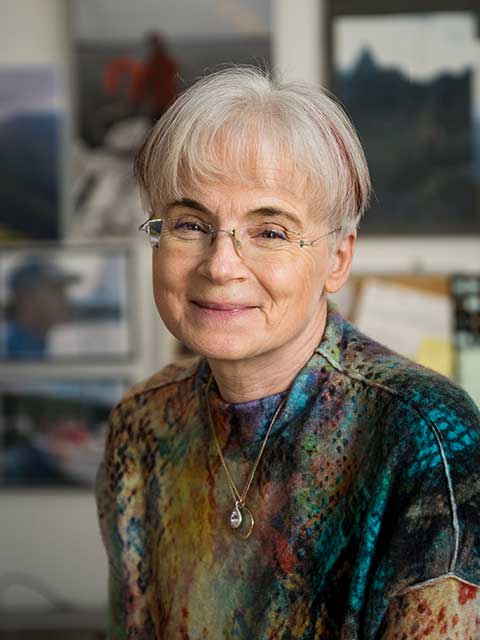
What originally drew you to your field of study?
My field can be defined as computational mathematics with interdisciplinary applications. In my elementary school years, I cannot remember if mathematics found me first or if I found it. Regarding computations, I started coding in high-school. Back then it was not the norm, but I immediately loved the structure and the endless possibilities that came with it. Regarding the applications, I got immersed in these during my Ph.D. years and never let go.
What keeps you motivated at this stage in your career?
Definitely the students, one at a time. Equally, having an opportunity to make a difference by creating mathematical and computational tools that explain the world. And even more equally, the many collaborators and colleagues.
What’s the one big takeaway you’d want someone to know about your field of study?
Computational mathematics is better than video games, because you can create simulations that are more stimulating! You can also learn and create theories to explain how to make it happen, and go to sleep and wake-up completely obsessing about these.
What have you learned from your work that surprised you?
That every theory — no matter how profound and broad — is based on some calculation or vision. And that you can lead anyone to that discovery. Plus, a movie made from real world simulations with computational mathematics tools is better than a thousand words.
What does the title “distinguished professor” mean to you?
It is an honor and a sense of closure, and the title gives me reasons to feel pride and gratitude. I feel really lucky that I must have done enough to be so appreciated. I also feel a sense of responsibility to look farther and farther ahead from this position on the shoulders of the giants so I can continue to pay it forward as effectively as I can.
Questions just for fun:
When did you arrive at Oregon State? From where?
I came to OSU in 2003 from The University of Texas at Austin after a tortuous journey through Purdue University, University of Augsburg (Germany), Polish Academy of Sciences, and Warsaw University of Technology all the way from a math high school now named after Stanislaw Staszic — an 18th century scientist in Warsaw, Poland.
What’s your favorite place on campus to eat or grab a coffee?
Definitely Valley Library coffee shop: so many conversations, so many cups of coffee. And Tarntip Thai stands in competition with Bombs Away Cafe for great food, and memories of great people.
What are some of your hobbies?
Enjoying the great outdoors with family and friends: sailing, skiing, rock climbing, mountain hiking and biking, camping and growing stuff in Oregon, playing guitar and singing folk, and curling with a lap cat to watch a movie, or read, read, read (cat included).
If you could travel anywhere in the world, where would you go?
Permafrost regions in the Arctic or methane observatories in Svalbard are my dream, but I worry about the carbon footprint.
If you hadn’t gone into academia, what do you think you would have done instead?
I would have probably continued being a sailing, skiing and swimming instructor, while coding to support my lifestyle. Or vice versa.
